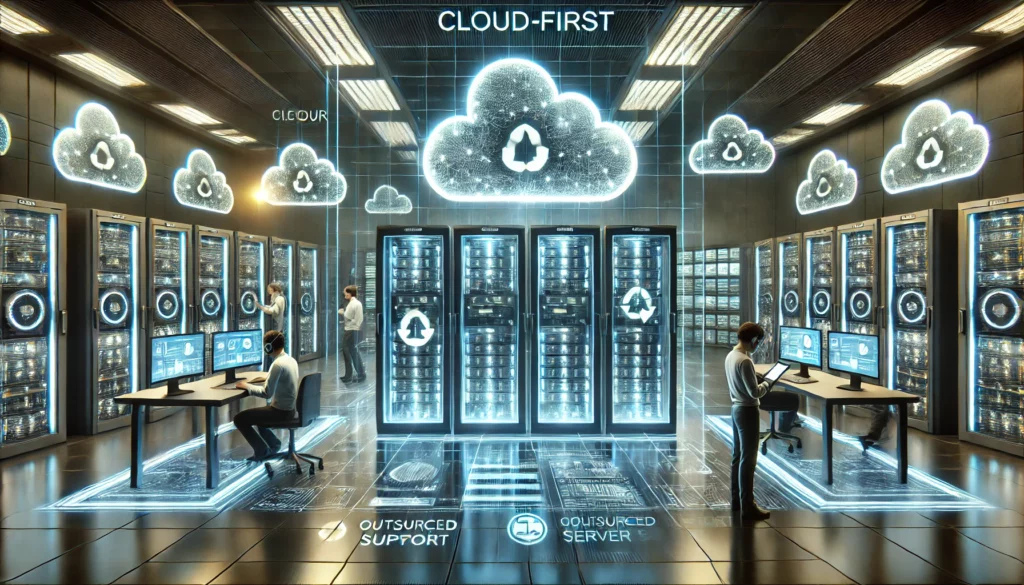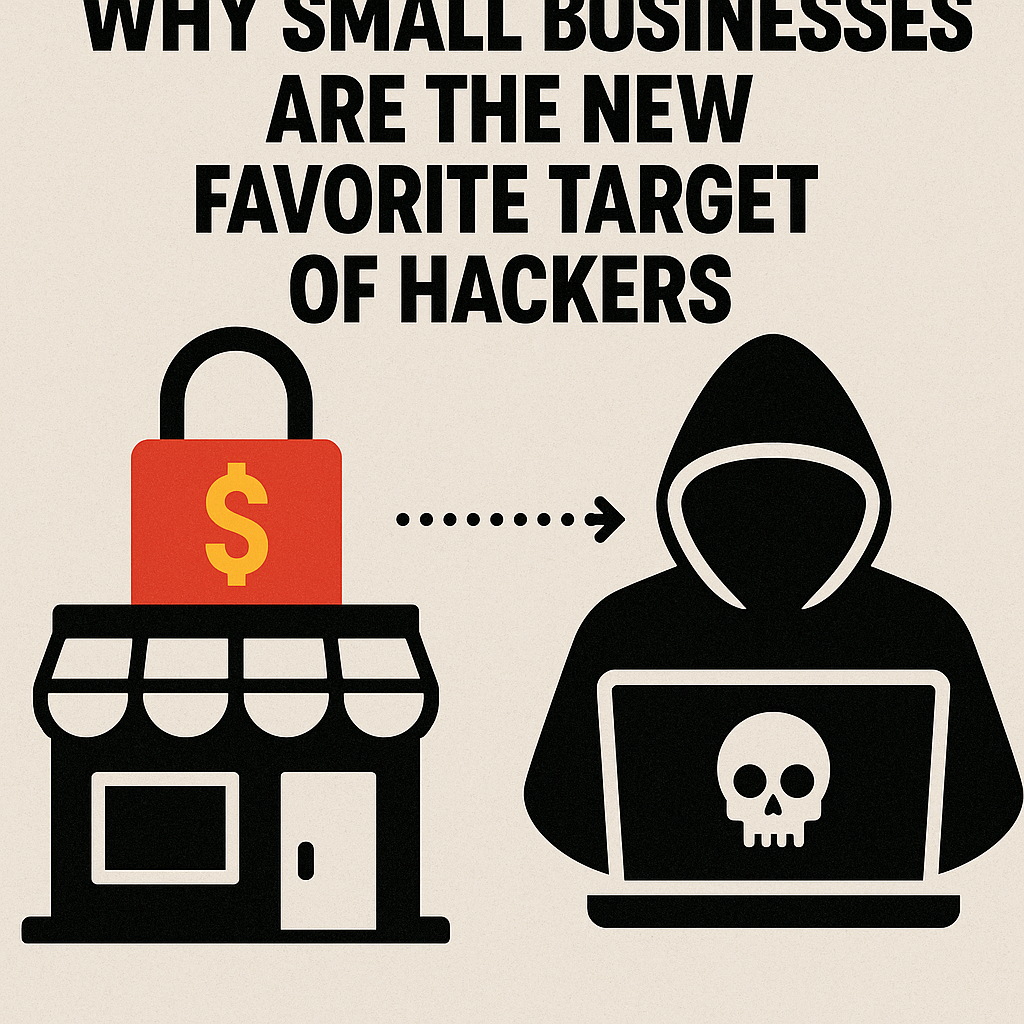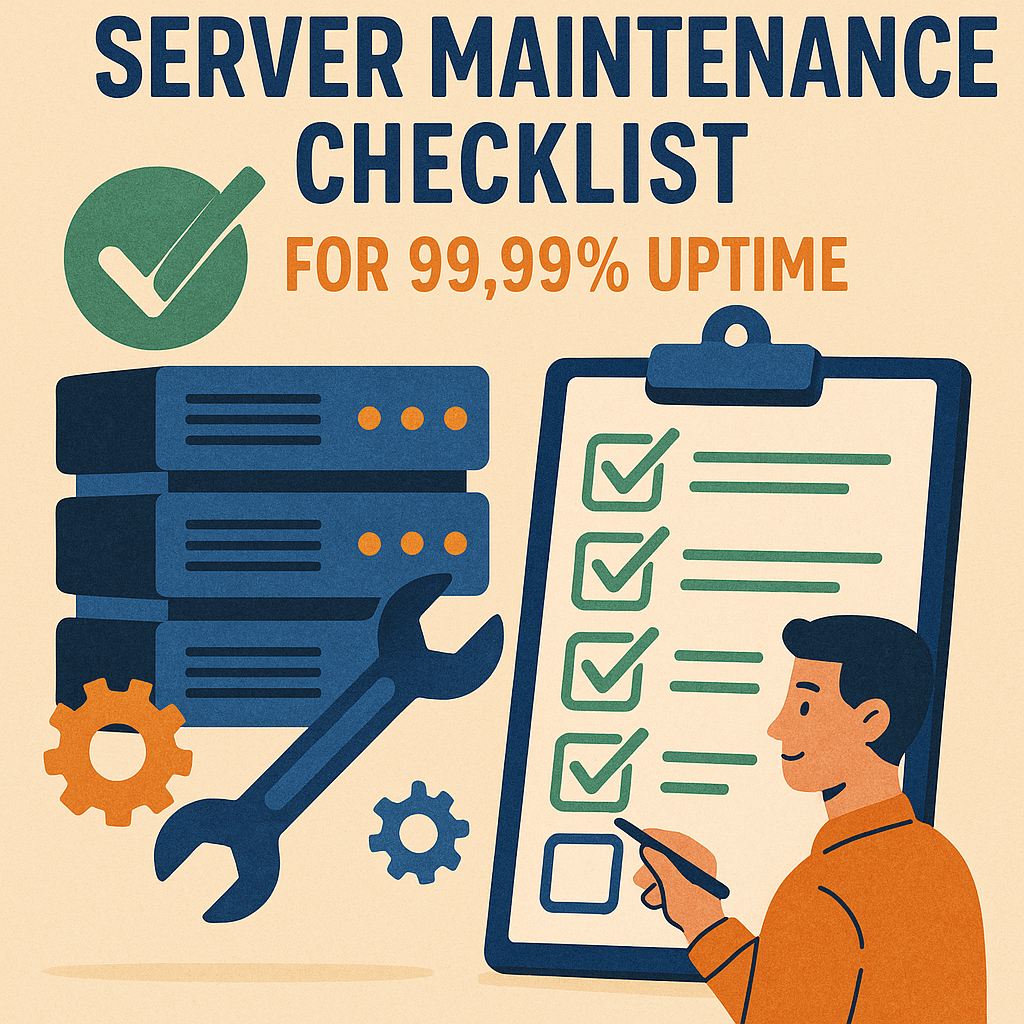The Future of Server Support in a Cloud-First World
Introduction
As the tech landscape races toward digital transformation, one trend continues to dominate the conversation: cloud-first strategies. These approaches prioritize cloud-based solutions over traditional, on-premise systems—and they’re rapidly reshaping how professional server support is delivered, managed, and scaled.
The question now isn’t if businesses should embrace the cloud—it’s how. In this article, we’ll explore how the future of server support is evolving in a cloud-first world and what businesses can expect in 2025 and beyond.
The Rise of Cloud-First Strategies
Cloud-first strategies emphasize agility, scalability, and speed. Instead of relying on localized hardware, businesses are now opting to deploy resources in public, private, or hybrid cloud environments. This shift allows companies to scale operations on demand and reduce infrastructure maintenance burdens.
Many organizations are partnering with outsourced server management providers to handle the complexities of these cloud-first transitions—freeing internal IT teams to focus on innovation rather than infrastructure.
Traditional Server Support: A Retrospective
Before the cloud boom, IT teams maintained racks of physical servers. Every upgrade, patch, or issue required manual intervention—often leading to downtime and inefficiency.
From mainframes to data centers, traditional server support focused heavily on hardware. But with today’s pace of innovation, static infrastructure is no longer viable, prompting a surge in outsourced server support to help bridge the gap between legacy systems and modern needs.
What Does ‘Server Support’ Mean in 2025 and Beyond?
In a cloud-first world, server support refers more to platform and infrastructure management than physical upkeep. Tasks include monitoring virtual machines, managing containerized workloads, and orchestrating cloud-native applications.
This also includes partnering with company outsourced server specialists for ongoing server troubleshooting, incident response, and strategic planning—making support smarter and more efficient.
Key Trends Shaping Future Server Support
- AI-Driven Automation: Predictive tools can now alert teams of issues before they occur, minimizing downtime and accelerating recovery.
- Remote & Outsourced Server Monitoring: Round-the-clock visibility ensures faster resolution to problems and better system stability.
- Edge Computing: Bringing computation closer to users reduces latency and reshapes support operations.
By combining these trends with proactive server management, businesses can prevent issues rather than reacting to them—solving problems before they even surface.
The Role of Hybrid and Multi-Cloud Environments
Not every business can—or should—go fully cloud-native. Hybrid models blend on-prem infrastructure with cloud services, allowing flexibility for sensitive workloads. Multi-cloud strategies, on the other hand, mitigate vendor lock-in and enhance resiliency.
Outsourced server support vendors are now offering tailored strategies for managing hybrid setups, ensuring seamless integration, cost control, and efficient solutions to server problems.
Security Considerations in a Cloud-First World
With servers hosted remotely, data breaches become a bigger concern. Cloud-first support teams must focus on:
- Encryption at rest and in transit
- Multi-factor authentication (MFA)
- Regular security audits and compliance mapping
Outsourced server management providers often come with built-in security tools and expertise, helping companies maintain compliance across regions and industries.
Serverless Architecture and its Impacts
Serverless computing allows developers to run code without managing servers. While this doesn’t eliminate servers altogether, it abstracts the infrastructure layer.
This model reduces operational overhead and increases scalability but may not suit all application types due to cold start latency or vendor limitations.
Many company outsourced server partners now offer serverless consulting, helping businesses decide when and where to deploy this architecture.
The Role of DevOps in Future Server Support
DevOps practices are essential in cloud-first environments. Infrastructure is now written as code, making provisioning and updates seamless. Key elements include:
- Continuous Integration/Continuous Deployment (CI/CD) pipelines
- Automated testing and monitoring
- Infrastructure as Code (IaC) for replicable environments
This integration of professional server support with development pipelines ensures agility and speed.
AI and Automation in Server Management
Automation tools now allow:
- Self-healing servers that restart or replace themselves automatically
- AI-driven optimization of workloads for cost and performance
- Smart alerting that prioritizes incidents by impact level
When combined with outsourced server monitoring, these advancements reduce manual workloads while boosting performance.
Vendor Management and Third-Party Support
With more businesses outsourcing infrastructure to cloud providers, managing vendor relationships becomes critical. Factors to consider:
- Service-level agreements (SLAs)
- Uptime guarantees
- Data residency and jurisdiction
This is where outsourced server support becomes invaluable—handling third-party coordination and escalating issues rapidly.
Cost Management and Resource Optimization
While the cloud offers scalability, cost overruns are a real threat. Businesses must implement:
- Usage dashboards
- Budget alerts
- Auto-scaling rules
- Rightsizing practices for virtual machines
Many businesses now turn to outsourced server management partners who specialize in optimizing cloud resources and forecasting long-term expenses.
Disaster Recovery and Business Continuity
Cloud-based disaster recovery (DR) solutions enable instant backups and cross-region redundancy. Key practices include:
- Snapshots and recovery points
- Geographic failover plans
- Testing of DR drills regularly
With proactive server management, these DR processes are automated and continuously tested—ensuring business continuity no matter what.
Compliance and Governance in Cloud Environments
Different industries (healthcare, finance, etc.) must meet specific regulations like HIPAA or GDPR. Cloud support now involves:
- Audit trails
- Policy enforcement tools
- Data loss prevention (DLP) mechanisms
Professional server support teams are instrumental in ensuring these standards are consistently met—especially when infrastructure spans multiple cloud environments.
The Skillset Shift for IT Professionals
To remain relevant, server support specialists must upskill in:
- Cloud certifications (AWS, Azure, Google Cloud)
- Scripting and automation (Python, Terraform)
- Security and compliance knowledge
This demand is also fueling the growth of outsourced server support, allowing companies to tap into specialized talent as needed.
Future-Proofing Server Support Strategies
Future-ready server support means planning for:
- Elastic scaling: Prepare for traffic spikes and business growth
- Interoperability: Ensure platforms and apps talk to each other
- Observability: Go beyond monitoring by understanding why systems behave the way they do
Companies are increasingly choosing outsourced server management as a strategic move to build resilient and agile operations.
Conclusion
In this cloud-first world, server support has evolved from physical maintenance to strategic enablement. With innovations in automation, AI, and DevOps, IT teams must become proactive architects of digital infrastructure—not just its caretakers.
The rise of outsourced server monitoring and professional server support is empowering companies to scale faster, cut costs, and stay ahead of security and compliance challenges. As cloud technologies continue to evolve, only those who adapt their support strategies will thrive.
Frequently Asked Questions (FAQs)
1. What does “cloud-first” mean in terms of IT infrastructure?
It means that an organization prioritizes deploying services and applications in the cloud rather than using on-premise hardware.
2. Will physical servers become obsolete in the future?
Not entirely. While many systems will move to the cloud, industries with strict data regulations or latency needs may still rely on physical infrastructure.
3. How does serverless computing change traditional server support roles?
Serverless shifts the focus from hardware and uptime to code efficiency, application logic, and vendor integration.
4. What skills are most important for future server support professionals?
Cloud platform knowledge, automation scripting, security best practices, and DevOps methodologies are key.
5. How can businesses avoid cloud cost overruns?
By implementing budgeting tools, using auto-scaling, and conducting regular cost audits, companies can manage cloud spend more effectively.
6. What are the benefits of outsourced server support?
It provides access to expert resources, proactive issue resolution, and reduced internal workload—while also ensuring uptime and compliance.





No comment